I’ve owned a number of medium format cameras over the last few years–a Mamiya C330, Hasselblad 503, Bronica SQa and Hasselblad 500C to name a few. None of them is in any way shape or form what I might call ‘compact’. In fact the main reason I sold each in turn was due to size, weight and the impact those factors had on my using them.
I feel, for me at least, that there’s not much point having a camera if you’re not going to take it out and shoot with it. I like a camera collection as much as the next man but as Marie Kondo would say (I’m paraphrasing…) if when you pick it up it doesn’t bring you joy, then get rid of it…
A while ago, I’d been tempted by a Mamiya 6 because of the collapsible lens system and excellent lenses. I’d read a few reviews online and it seemed like a great camera system–relatively compact (for medium format), crazy sharp lenses and good ergonomics. The 6 x 6 format wasn’t ideal but I was willing to overlook that for the rest of the package on offer.
However, in a passing conversation with Hamish Gill he pointed out that if I really wanted a portable medium format camera I should consider the Plaubel Makina 67 or one of its variants. Seeing as Hamish is a man who knows his stuff, I thought I’d better do some research.
The Internet, usually full of countless reviews of old cameras, came up with very little (check out this site for one of the few). In the end I did what I usually do in these circumstances and downloaded the user manual and read it cover to cover to give me an idea of what it might be capable of.
Liking what I read, I set about searching for one.
As luck would have it, there was a Plaubel Makina 67 going at Aperture in London. I’d recently decided to get rid of all my Nikon F gear and so a part-exchange was agreed and the camera was in my hands shortly thereafter.
I much prefer rangefinder style cameras to SLRs. My eyesight has deteriorated over the last few years as I head towards middle age and I really struggle to get fast accurate focus especially with older, dimmer viewfinders. I really liked my Hasselblad but one of the main reasons that I sold it was my inability to be sure of the focus at wide apertures when in a hurry.
The loading mechanism of the Plaubel is a breeze to use and loading and unloading can be done relatively quickly. Two catches hold the film and take up spool in place and release quickly and easily to allow swapping these out.
Warning
Two things that a number of people have warned me about:
One is making sure you always turn the focus to infinity before retracting the bellows. The mechanism is very delicate and retracting it when the bellows is fully extended (when focusing at anything other than infinity) puts a lot of strain on it, which can lead to breakages. Parts are hard to find and repairs are expensive.
The second is to make sure that the film advance lever is fully advanced and then gently released in a smooth motion, that is, don’t advance it and let it ‘ping’ back. This too can cause all sorts of (expensive to fix) problems.
Lens
The Nikkor 80mm 2.8 is seriously sharp. Not as fast, or as sharp, (I’m told) as the Contax 645 80mm f/2, but still very good. The rendering of the out of focus area is pleasing to me (subjective, I know).
Light meter
The meter is a central weighted ‘+ 0 -‘ with LEDs to the right of the viewfinder–they’re at a bit of an angle so you need to be in the right spot to see them clearly. One thing I don’t like too much is that you have to push a button in the rear of the camera top plate in order to engage the meter and it only operates whilst being pressed. This means you can either meter or shoot but not easily at the same time, without some dexterous finger work.
It’s a bit cumbersome and slows down the process of shooting ever so slightly. Having said that, it seems to be an accurate meter and exposures to date have been fine in a variety of conditions. The exposure meter is coupled with the shutter speed, aperture and ASA settings and is measured in the centre finder field.
The meter is battery operated (1.5v batteries housed within the lens casing, accessible only when the bellows are extended) and due to the way that the meter operates these last for a considerable amount of time I’m told.
ISO selector
Setting the ISO is probably the only real negative I have with this camera. It’s done by means of a wheel at the bottom of the lens. It registers from 25 to 1600. A pity it doesn’t go to 3200. Also, it has to be one of the hardest wheels to adjust I’ve ever come across. Really stiff and difficult to move, although I suppose this means that it’s highly unlikely to be accidentally adjusted.
On the side of the lens there is a small holder that can house a film reminder. This retracts into the body of the camera when not in use. I must admit I often forget what I’ve loaded and even with an ISO setting I find this useful to remind me if there is black & white or colour film loaded and what speed it is.
Aperture
The aperture runs from f/2.8 to f/22 and is continuously adjustable. Aperture is changed via a ring with ‘tab’ on the left hand side of the lens (as you shoot) that pushes to the right for a faster aperture.
Shutter speed
Conversely, the shutter is operated by an identical ring with ‘tab’ on the left of the lens that that pushes right for a slower shutter speed (running from 1 second to 1/500, although there is also a B (bulb) setting. The 1/500 fastest shutter is not really ideal and a faster shutter speed (even 1/1000) would have been advantageous in bright sunlight.
The lens has a Copal leaf shutter housed within the lens. The benefits of this are that it’s quieter than a medium format SLR (the Hasselblad 500c and Pentax Asahi spring to mind as much noisier). It’s still not a quiet camera, though, so it’s not really a silent shooter but the 40mm, 135 equivalent, field of view is a great focal length, particularly if you’re coming from an early Leica M.
The shutter release button sits within the focusing knob and there is a cable release socket just to the right on the side of the camera.
Focusing
The focusing is done by rotating a dial that houses the shutter button. Distances are marked in meters (white) and feet (red). I did find that this took a bit of getting used to and is certainly not as fast, or as intuitive, as focusing via a lens barrel.
The base length is 63mm, just better than the Leica M3.
The automatic parallax correction is indicated on the upper left hand corner of the viewfinder. There are short lines on the left bottom side and the right top side that indication the margins of the picture. These adjust in line with the movement of the focusing knob.
Flash
Due to the leaf shutter the flash is x-synchronised at all shutter speeds (i.e. up to 1/500). The connector sits on the lens housing and is only accessible when the bellows are extended. There is a cold shoe in the middle of the top plate.
Body
The body feels solid but not too heavy at 1280 grams. Dimensions are 162mm wide, 115mm high and 113mm deep. The one area of concern is that film advance feels slightly delicate. My copy is fairly clean with very little paint missing other than the film advance lever.
Accessories
There aren’t really many accessories available that I can see other than a hand grip which I have found allows the camera to be held one handed for a short period of time. Without it, it really is two handed only.
There is also a lens hood which I don’t have although it does seem to add quite a bit of length when the bellows are extended which takes away a bit from the compact nature of the set up.
Different Models
This review has been of the Plaubel Makina 67 but don’t forget there is also a Plaubel Makina 670 which allows the use of 220 film too. The more expensive Plaubel Makina W67 has a wide angle Nikkor 55mm lens that equates to roughly 28mm in 135 equivalent format.
The earlier Plaubel Makina versions I to III were made in Germany from 1912 to 1953 and are significantly different in design and function. They were also 6 x 9 in format.
Overview
The Plaubel Makina is a pared-down medium-format rangefinder that you can take anywhere. It’s relatively light and compact, easy to operate, with accurate focusing and, importantly, is enjoyable to use. The lens is sharp and the effective 40mm (35mm equivalent) field of view suits a lot of purposes.
The 6 x 7 format (56 x 69mm to be exact) was not my first choice but I have grown to like it. It allows for 10 exposures on 120 film.
When push comes to shove, this is a camera that actually gets taken out. A day with it slung over a shoulder or packed in a small camera bag is not a chore and the results from it are really pleasing.
It definitely deserves a place near the top of any rangefinder or medium format list. And more importantly if you’re looking for medium format in a portable form this has to be a contender.
- You can find the Barnes Photographic Society here
- Subscribe to Macfilos for free updates on articles as they are published. Read more here
- Want to make a comment on this article but having problems? Please read this

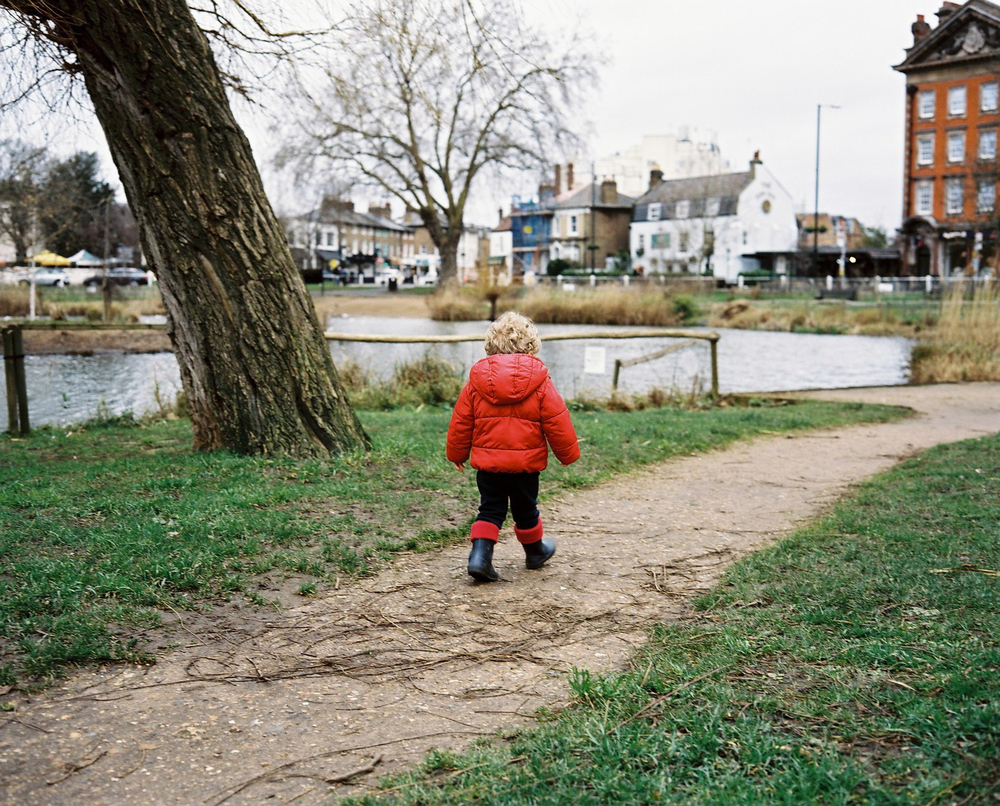
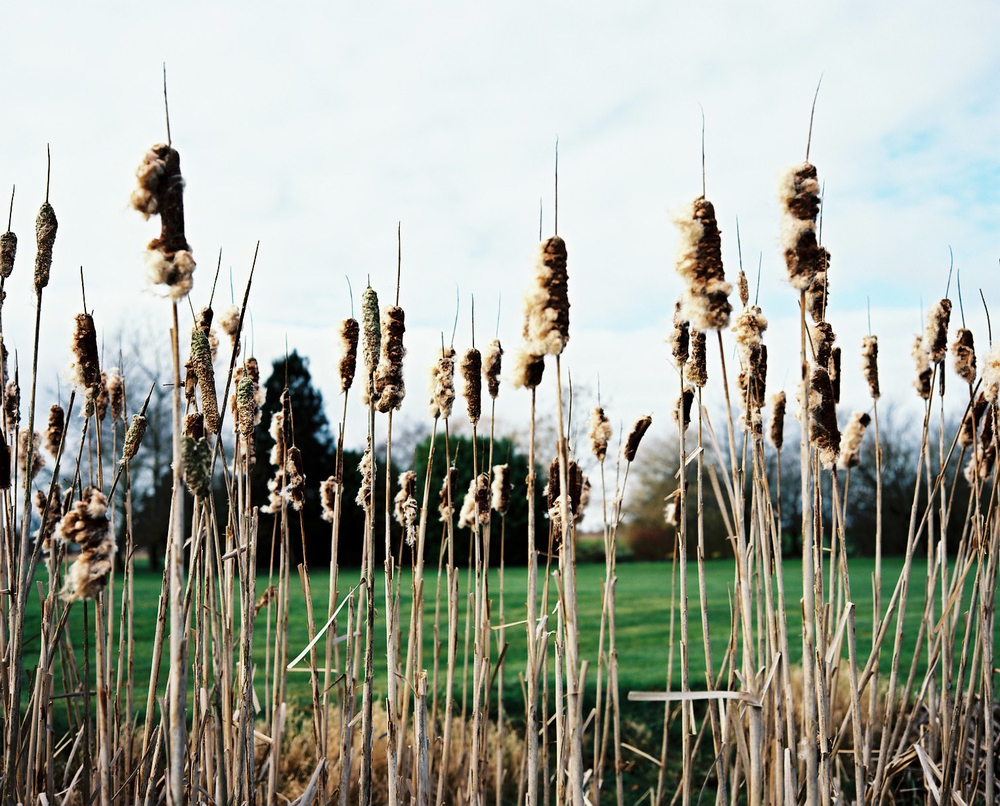
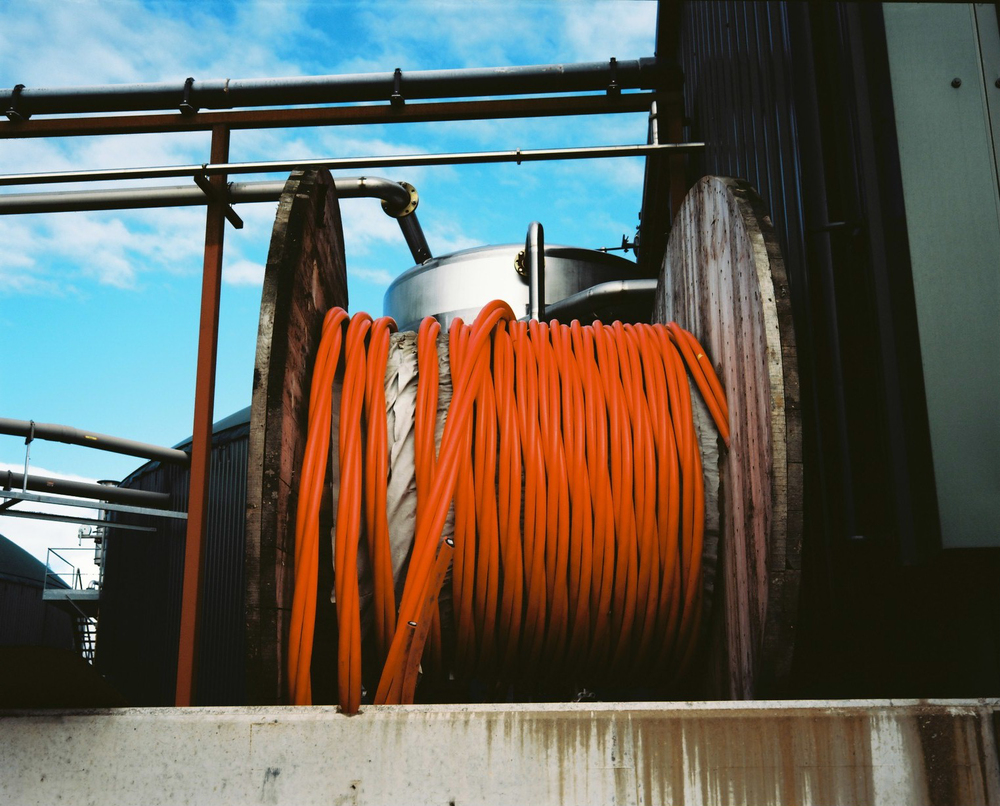
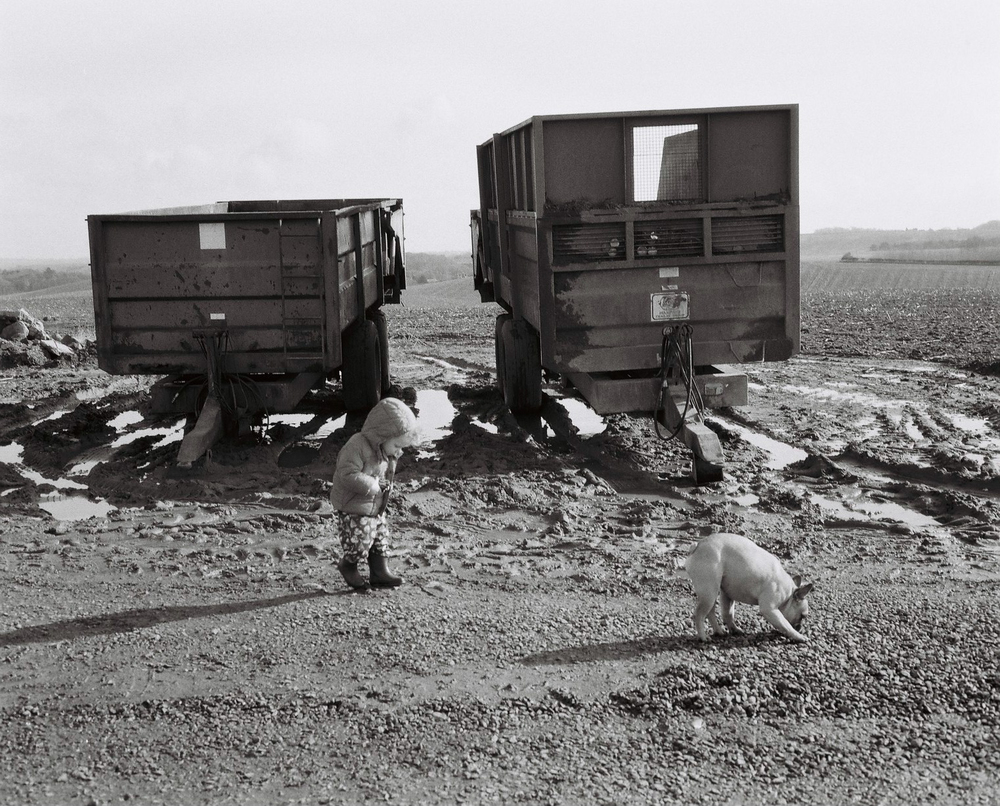
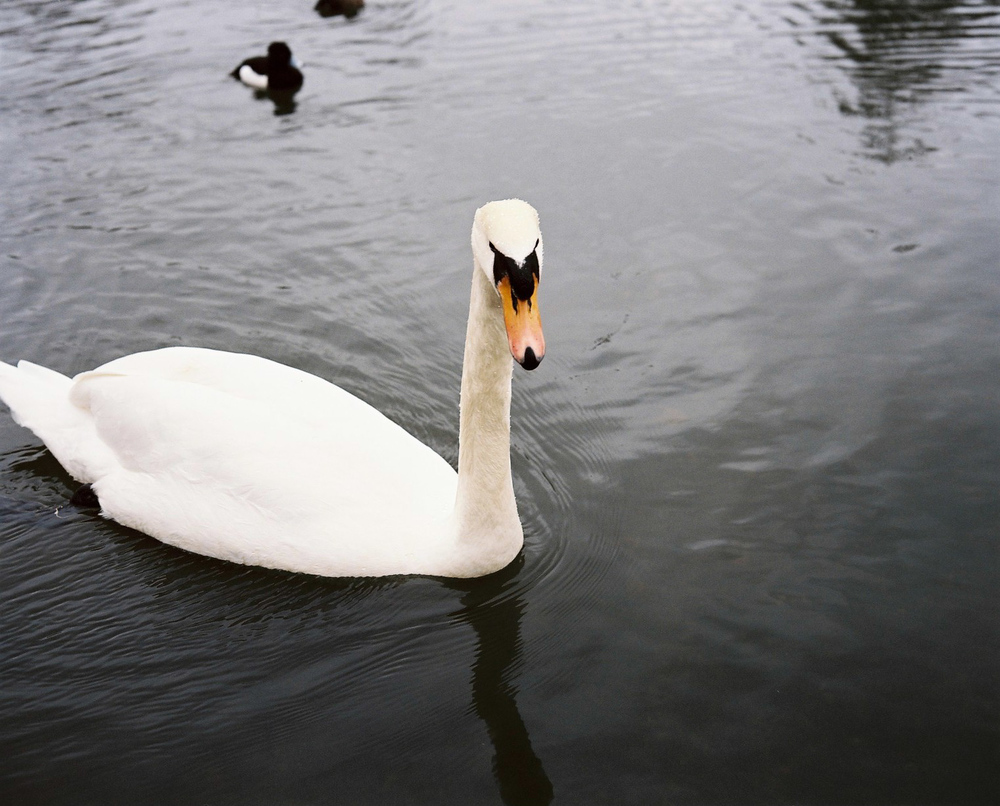
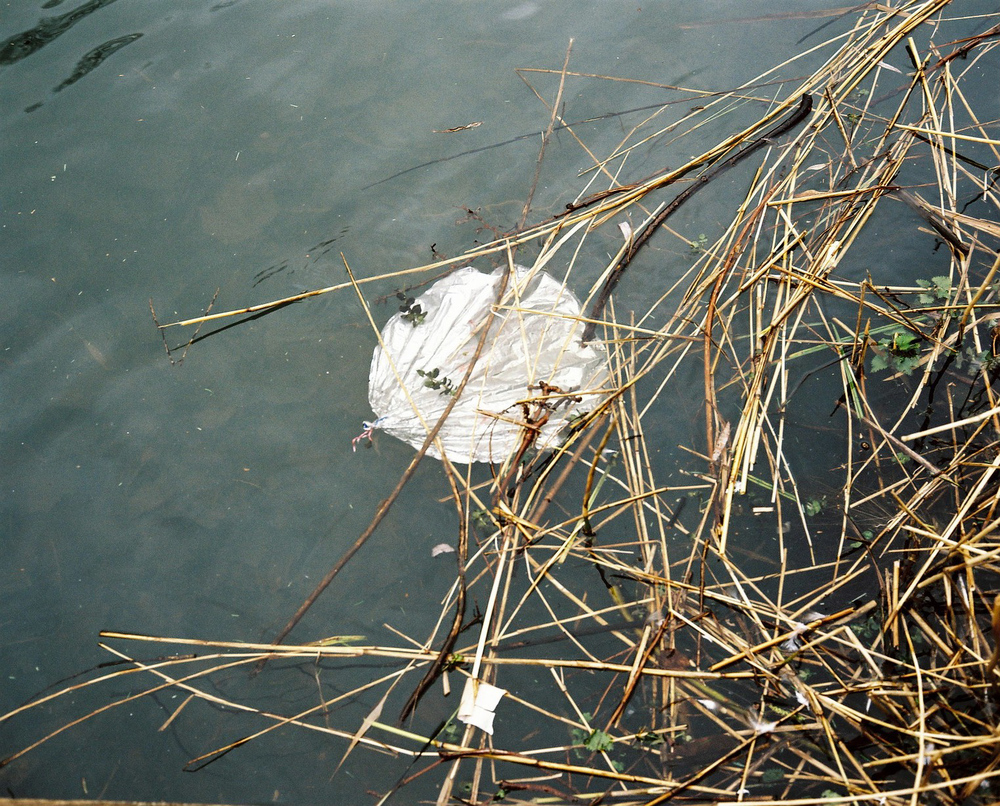
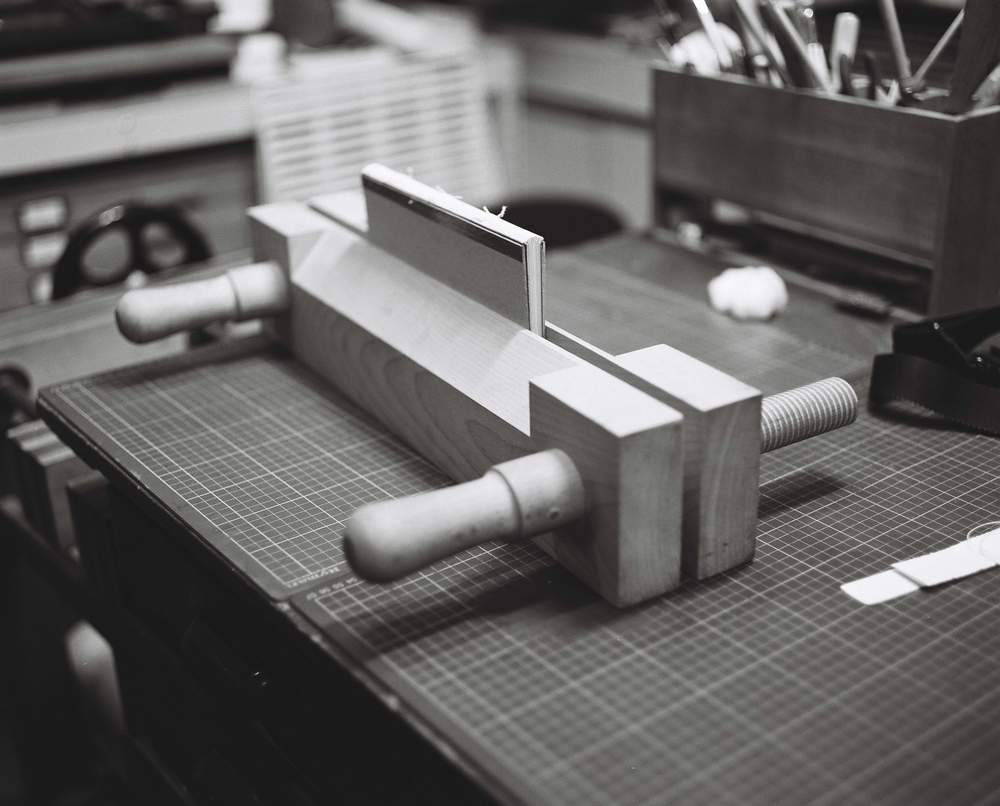
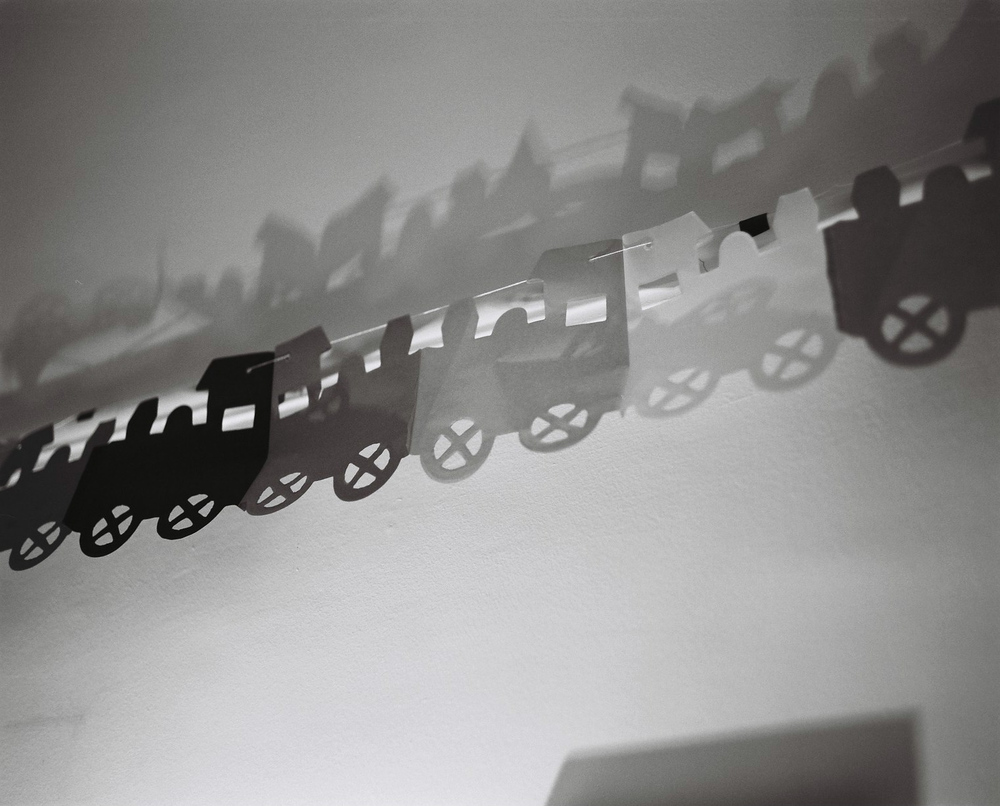
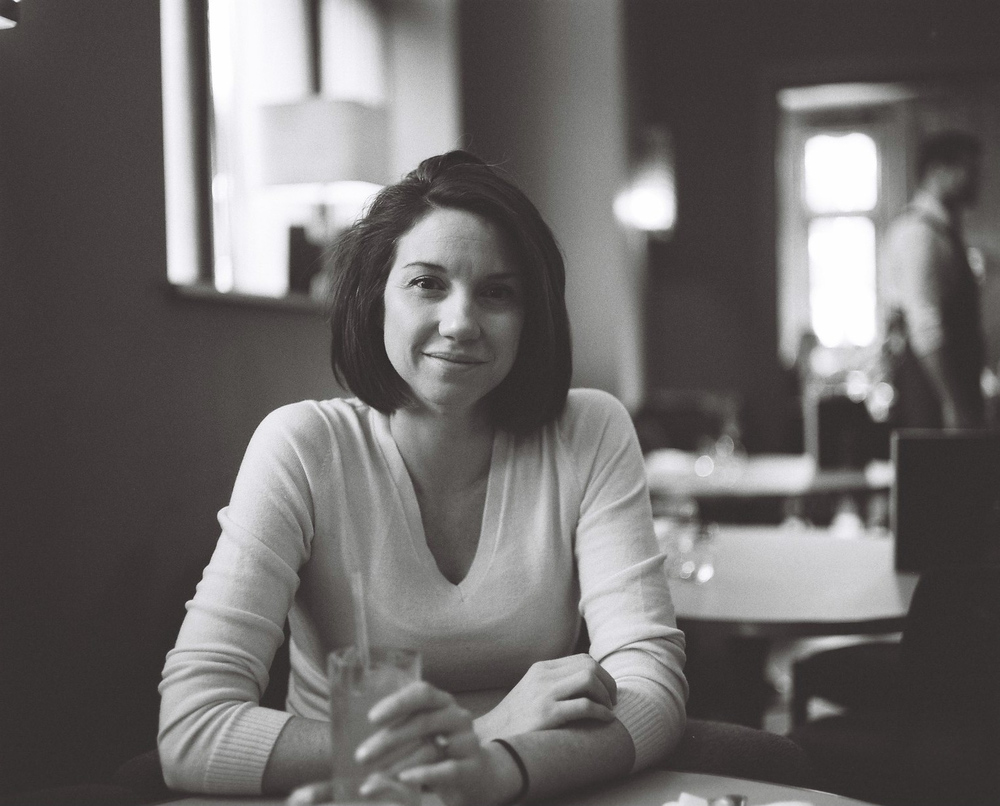
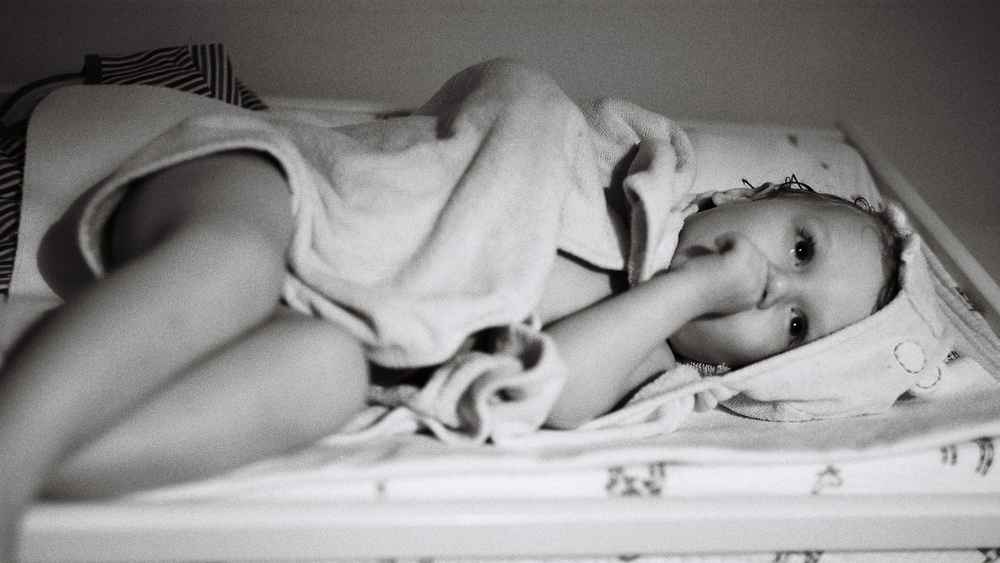
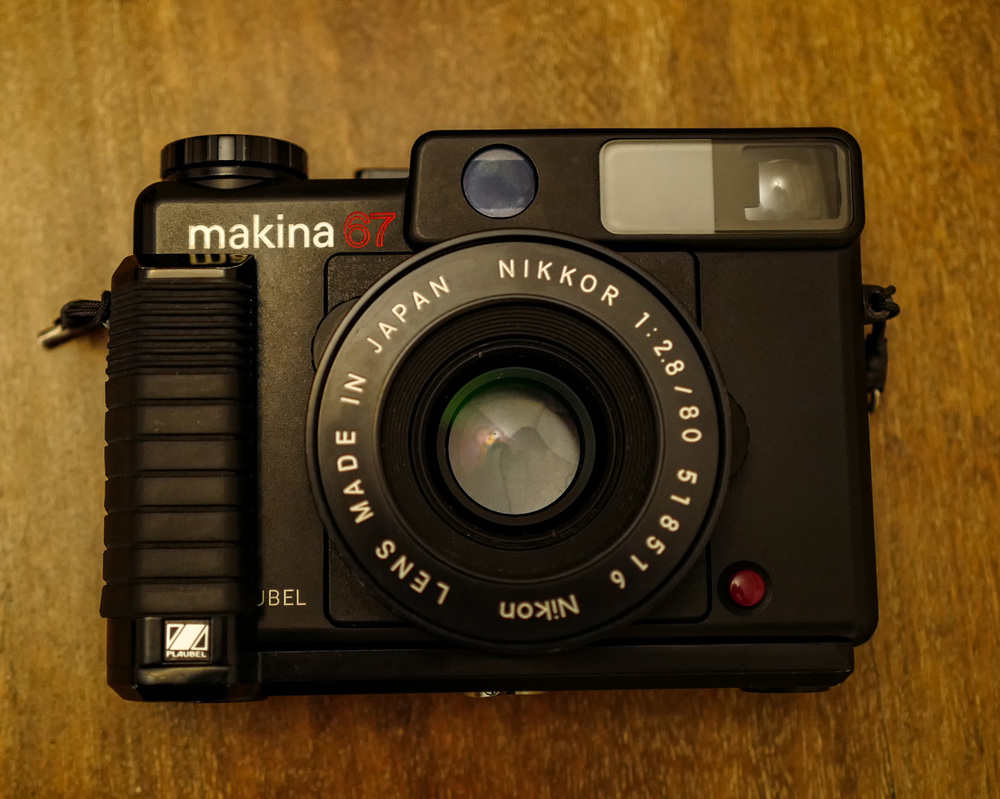
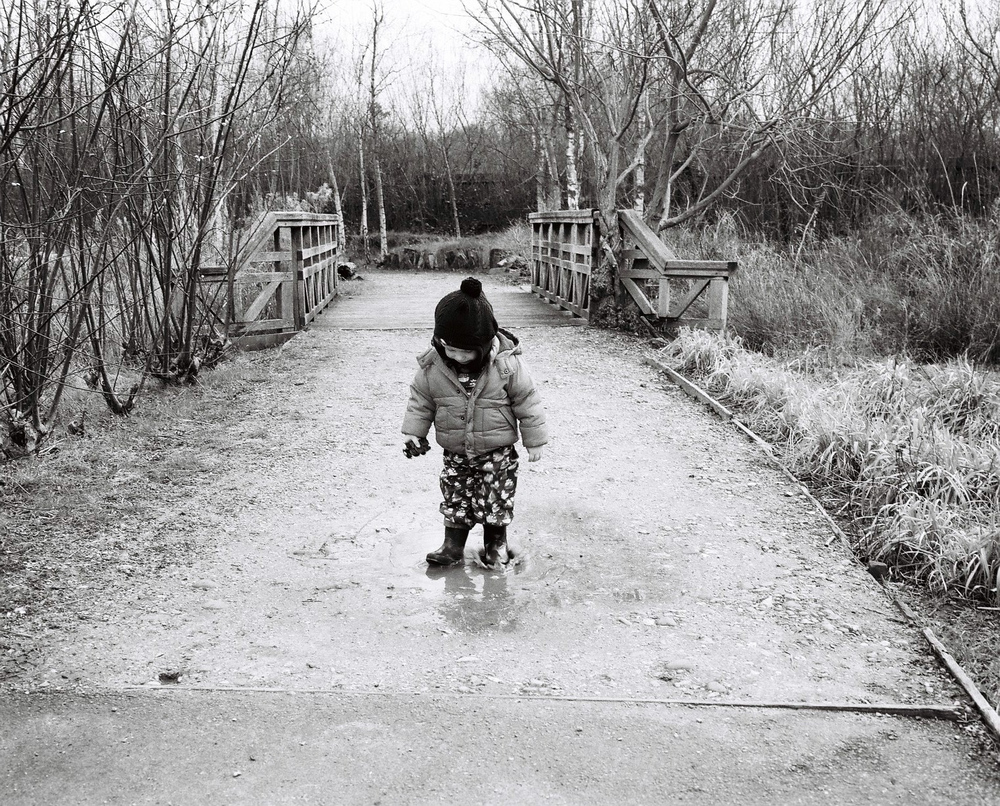
I have a W67 and love it. William the transition from the Leica was fun, slows you down even more. Fantastic camera.
Hi William. Thanks for the feedback on the review – I’m glad that you enjoyed it. Part of the attraction for me was definitely that moving from a Leica to the Plaubel was a relatively short leap – the viewfinder and patch are large, if not as bright as an M3. I also find that around 10 images a roll does me in a lot of cases. With 35mm sometimes I find myself taking a few weekends to fill up the roll by which time I’ve usually forgotten what I’m shooting and whether I’m pushing it or not. I’ve taken a look at the 670 in the Westlicht auction online – it looks a nice copy. I had considered a 670 for the double stroke aspect of the film advance but I found no justification for premium for the 220 / 120 lever. As for film processing – I get all of mine developed and scanned by Peak Imaging in Sheffield at low resolution and then if there are particular shots I like then I scan them myself on an Epson V850. I have developed my own black and white before buy I’m slow and rarely have the time (and the results are pretty inconsistent as I just don’t have the patience to stick to all of the development times…) As for film availability I find the Kodak, Fuji and Ilford films easy to get hold of and have just backed Cinestill to produce their 800T stock in medium format. I’m awaiting my early bird pack (Cinestill in 50D and 800T is my ‘go to’ film in 135). Thanks again for your feedback. Now go and get one…!
Thanks James. The photos are lovely and show the quality of the Nikkor lens as well as the skill of the photographer. I currently shoot 35mm film with my collection of film Leicas as well as digital with some modern cameras. I have had the desire to try medium format film for some time. I always thought I might like to try a Rolleiflex but there is always some vintage Leica out there saying ‘buy me’.
What attracts me about the Plaubel is the rangefinder form factor which should make for an easy transition from Leicas. Indeed at this stage I find the layout with the viewfinder at the rear top left more natural compared to the central viewfinder of an SLR. The Plaubel does, as you say, need some delicate handling but with the small number of images available it really is a camera for careful considered picture taking. Believe it or not there is a Plaubel Makina 670 ( which will do both 120 and 220) in the catalogue for the upcoming Westlicht auction. The camera is clearly regarded as something of a collector’s piece.
Finally, do you process your own film or do you have some outlet near to home that will do this for you? Are there any issues in respect of processing and film availability etc? The quality of the work shown in your article is excellent.
You really have whetted my appetite.
William